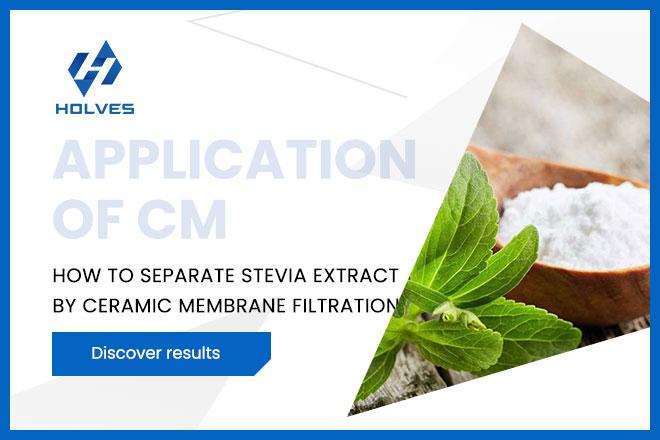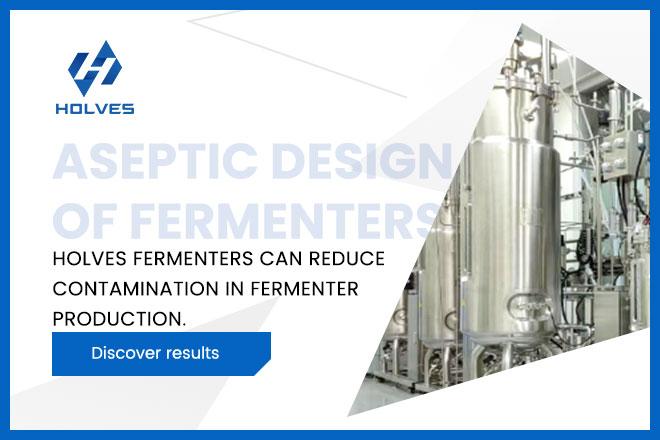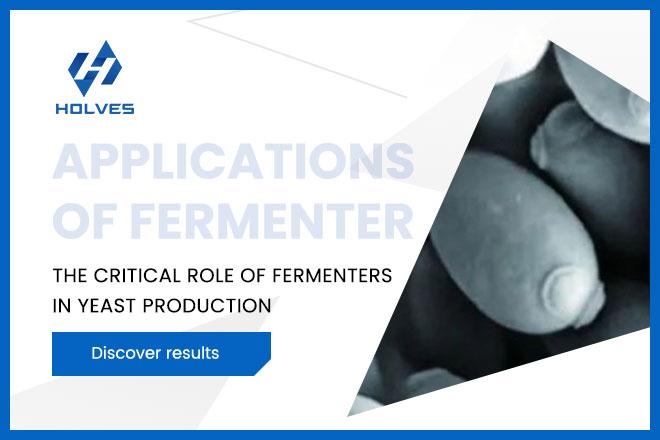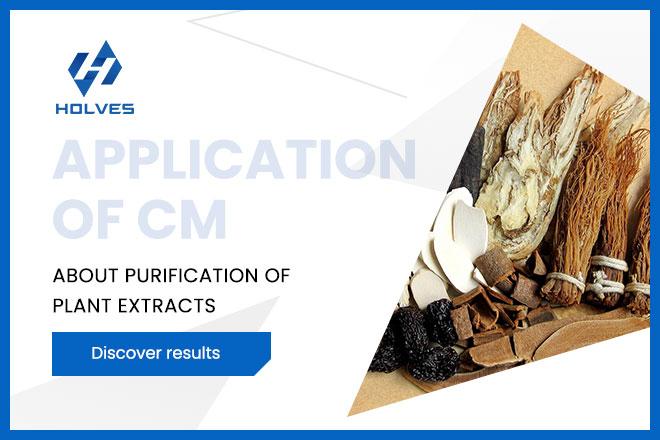
During the process of fermentation, if the fermenter is accidentally contaminated with stray bacteria, the products of the reaction will be lost due to the consumption of stray bacteria, and the metabolites produced by stray bacteria will also change some of the properties of the culture broth.Every step of the fermentation process has the potential to be contaminated with bacteria, and a single mistake can lead to the failure of the entire fermentation. We will talk about this in several ways.
1. Tank sealing of fermenters
Fermenter is the key equipment for fermentation production, providing the reaction environment for fermentation, so pay attention to the hermeticity of fermentation.Check carefully before fermentation, whether the screws are loose, whether the valves are tightened, whether the tank is leaking, etc.The inorganic seal design of HOLVES avoids this problem very well.

2. Problems and solutions of fermenter operation steps
① Sterilization:About two days after fermentation, the strain grows slowly and the culture becomes cloudy, sometimes with a bad smell.So when sterilizing the tank, you need to check whether the sterilization is complete and increase the sterilization temperature or the sterilization time depending on the situation.
② Negative pressure of the tank:When the tank is cooled, the air is not fed to the tank in time, the valve fails and the tank causes negative pressure and causes bacterial contamination.Although the probability of bacterial contamination in this case is small, it should not be neglected in the daily inspection of fermenter parts.
③ Air System:The contamination of air is unpredictable, and the judgment of this contamination method means that fermenters of different days are contaminated at the same time.Therefore, the air system should be tested regularly to ensure that the incoming air to the fermenter is sterile.
④ Infection at inoculation:Since the strain and the tank are exposed to air during inoculation, it is the most dangerous part of the process. Therefore the inoculation operator must strictly follow the aseptic steps.
In addition, if you need to replenish or transfer seeds during the fermentation process, make sure that the replenishment system and the fermenter piping are sterile.
Here is the Holves brand website, https://www.bjholves.com/. Providing different types of industry information, technical knowledge, and solutions, we have developed and produced several new laboratory fermenter, bioreactor, tangential flow filtration system and other equipment to meet your needs from experimental to industrial production.
① Sterilization:About two days after fermentation, the strain grows slowly and the culture becomes cloudy, sometimes with a bad smell.So when sterilizing the tank, you need to check whether the sterilization is complete and increase the sterilization temperature or the sterilization time depending on the situation.
② Negative pressure of the tank:When the tank is cooled, the air is not fed to the tank in time, the valve fails and the tank causes negative pressure and causes bacterial contamination.Although the probability of bacterial contamination in this case is small, it should not be neglected in the daily inspection of fermenter parts.
③ Air System:The contamination of air is unpredictable, and the judgment of this contamination method means that fermenters of different days are contaminated at the same time.Therefore, the air system should be tested regularly to ensure that the incoming air to the fermenter is sterile.
④ Infection at inoculation:Since the strain and the tank are exposed to air during inoculation, it is the most dangerous part of the process. Therefore the inoculation operator must strictly follow the aseptic steps.
In addition, if you need to replenish or transfer seeds during the fermentation process, make sure that the replenishment system and the fermenter piping are sterile.
Here is the Holves brand website, https://www.bjholves.com/. Providing different types of industry information, technical knowledge, and solutions, we have developed and produced several new laboratory fermenter, bioreactor, tangential flow filtration system and other equipment to meet your needs from experimental to industrial production.








